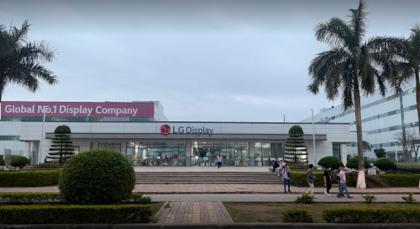DSCC: display equipment spending will increase 47% in 2024, industry to focus more on OLED production
DSCC says that the display industry's spend on production equipment will grow 47% in 2024, to reach $7.3 billion. The next three years (2025-2027) will see pretty much the same levels, and will not return to the high levels we've seen in 2022 and before.
2024 will see significant investment in new LC capacity, but going forward there will be very little investments on LCD production, which is not surprising. DSCC says that the major catalyst for the growth will be production lines for IT AMOLED displays.








